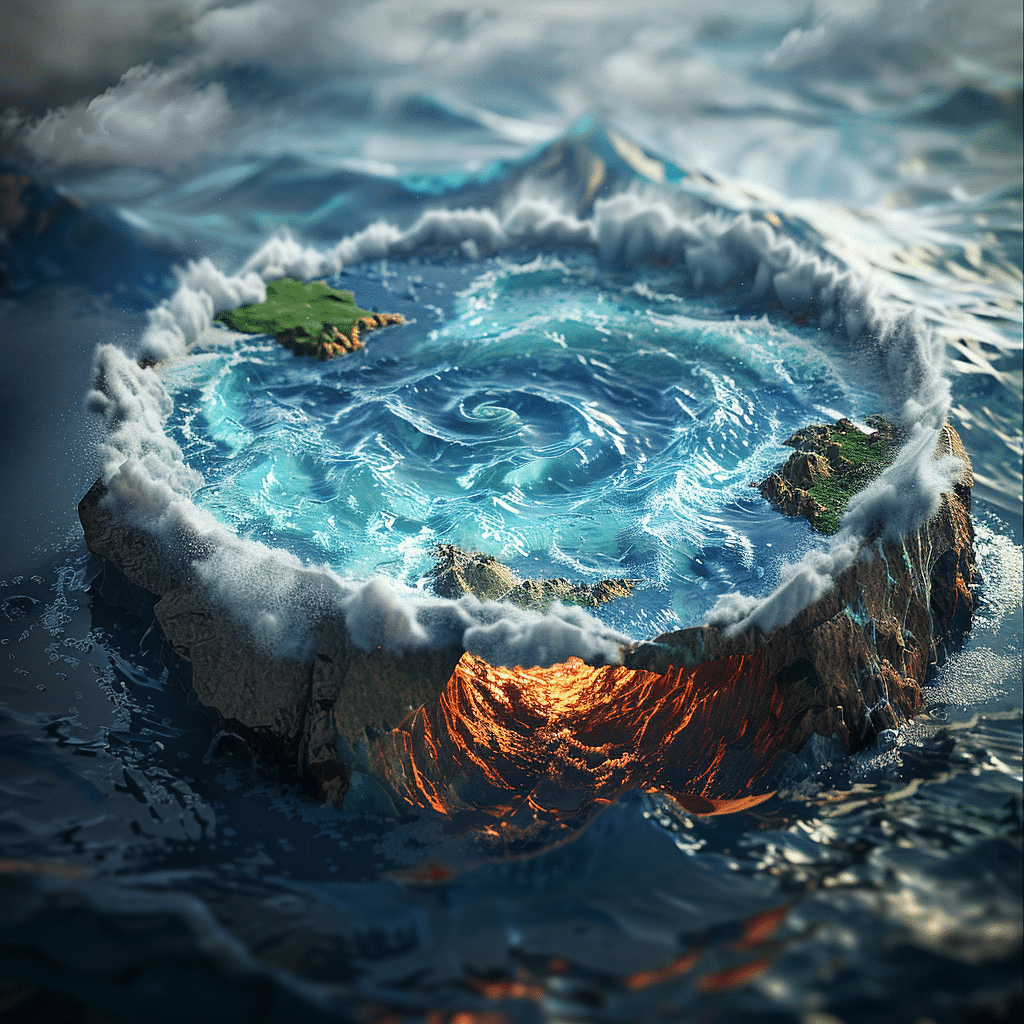
Researchers at Northwestern University in Evanston, Illinois have made a groundbreaking discovery. They have unearthed an enormous reservoir of water that is hidden beneath the Earth's surface, estimated to be three times larger than all the planet's oceans combined. This subterranean water source is located approximately 700 kilometers beneath the Earth's crust. This revelation promises to reshape our understanding of the Earth's geology and water cycle, providing profound insights into the planet's composition and history.
Scientists discovered a hidden ocean while investigating the origins of Earth's water. This ocean is located within a mineral called ringwoodite and is much larger than all the surface oceans combined. Its size challenges current theories about Earth's water sources, and suggests new questions about the planet's formation and evolution.
Scientists have long disputed the origins of water on Earth. Some studies suggested that comets brought water to our planet, but a recent discovery of a subterranean ocean suggests an alternative theory. According to Steven Jacobsen, the lead researcher from Northwestern University, this discovery provides strong evidence that Earth's water may have originated from deep within the planet. Over time, it gradually seeped out from the core, explaining how our planet sustains an abundance of water.
The research team positioned 2000 seismographs across the United States to detect seismic waves caused by over 500 earthquakes. By studying the behavior of these waves as they travelled through the Earth's interior, especially the core, scientists observed a noticeable slowing down of the waves, which is a clear indication of the presence of water within the rock’s underneath.
Jacobsen highlighted the significant impact of this discovery on our understanding of the Earth's water cycle. The discovery of water in the Earth's mantle, which flows through rock grains, contradicts the traditional belief and provides new prospects for exploration. Without this subterranean reservoir, Earth's water would have been confined to its surface, and the only visible evidence would have been the stunning mountain peaks.
Scientists are working hard to collect more seismic data from different parts of the world. Their aim is to determine how often the mantle melts, which can give us valuable information about the water cycle - one of the most important processes on the planet.
As scientists continue to explore what lies beneath the Earth's surface, we are on the verge of a new era of knowledge and discovery. We are in a position to uncover the secrets of our planet's ancient past and uncertain future.










